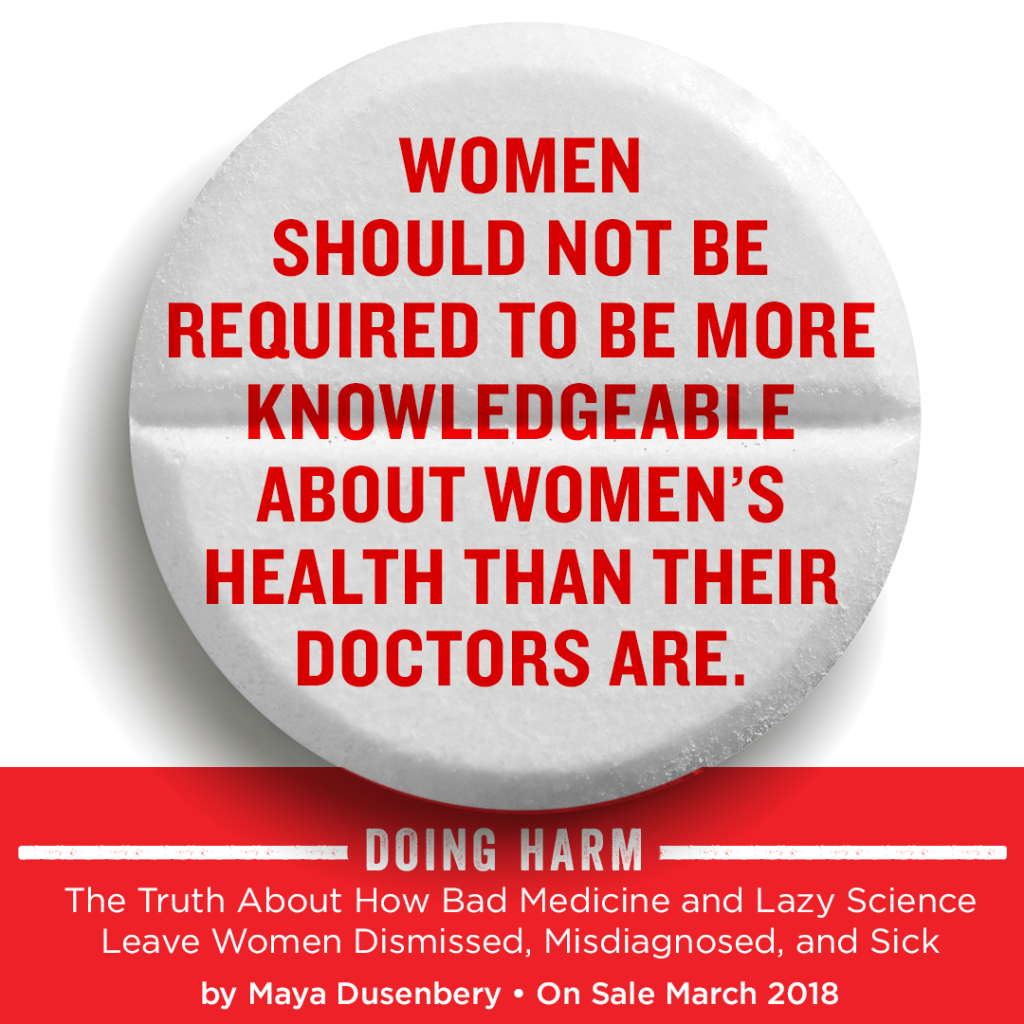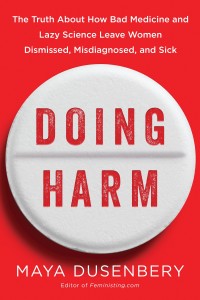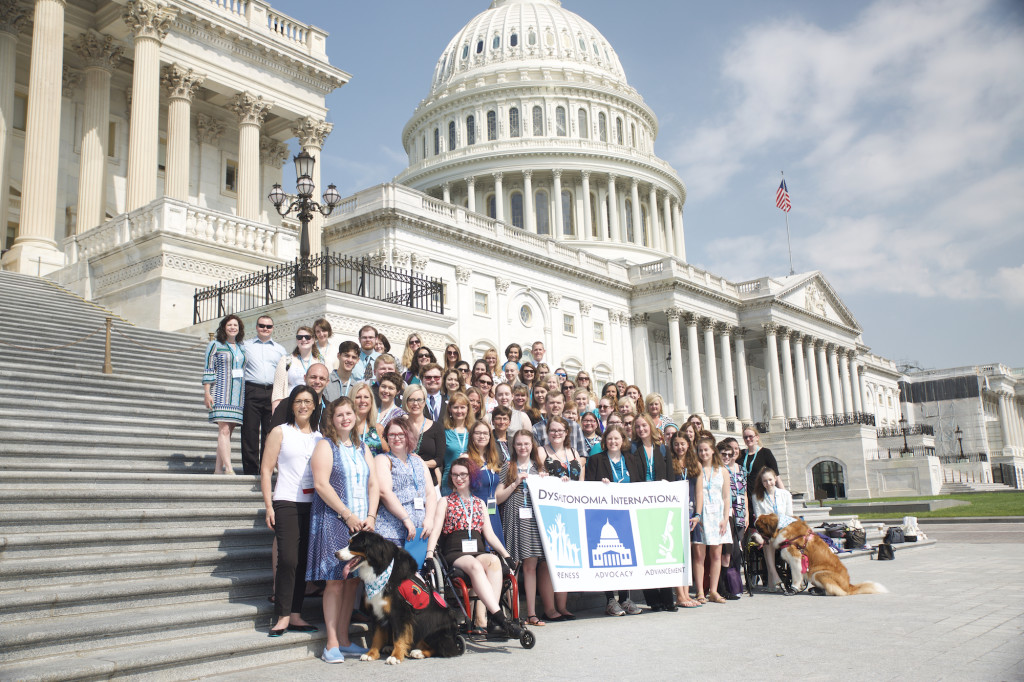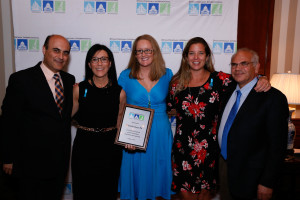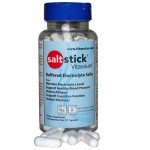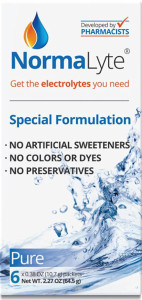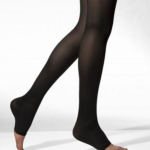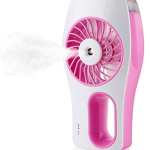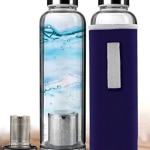Philadelphia Eagles quarterback and Super Bowl LII MVP Nick Foles is speaking up about his wife Tori’s POTS diagnosis in his new book, Believe It: My Journey of Success, Failure and Overcoming the Odds, which went on sale today. Nick kicked off his book tour with an appearance on “Good Morning America.”
Tori and Nick joined Dysautonomia International at our 6th Annual Conference in Nashville last weekend to share their story, and let others know why it’s so important to raise awareness. They are donating a portion of the book proceeds to Dysautonomia International’s POTS Research Fund (www.CurePOTS.org) as described in an earlier blog post. They have also made a personal donation to Dysautonomia International to fund research, physician education, public awareness and patient empowerment programs. We are very grateful for their support!
Here’s an excerpt from Believe It that discusses Tori’s journey with POTS, courtesy of publisher Tyndale Momentum:
While I was in Philly fighting for a starting position, out in Oregon, Tori was facing her own battle. A few weeks earlier, she had been at an outdoor picnic concert hanging out with some girlfriends when she suddenly started feeling light-headed. When her symptoms worsened to the point that she started missing work, she decided to see a doctor.
Because she presented with no fever, and her symptoms (dizziness, nausea, fatigue, and some insomnia) were largely invisible, the doctor diagnosed her with depression. That didn’t sit well with Tori, so she decided to see another doctor. He said the same thing. So did the next doctor. And the one after that.
By this time Tori was really starting to get frustrated.
“I don’t think this is the right diagnosis, Nick.” She was close to tears when she called me. “I know something’s wrong. I was a college athlete. I exercise every day. I know my body. But nobody will listen to me.”
I felt so helpless. I agreed that Tori wasn’t depressed. She was one of the most upbeat, confident women I’d ever met. But clearly something was going on. She felt sick all the time. She became too weak to exercise. She was having heart palpitations and blinding headaches, and she couldn’t keep anything down. Talk about irony—there I was, in peak physical condition yet getting a full battery of medical tests every day, while my girlfriend was struggling just to stand up without feeling faint, and she couldn’t even convince anyone she was sick…
***
The one silver lining of an otherwise miserable week was that my mom and Tori had both flown to Philadelphia. It was the first time I’d seen Tori in months, but as wonderful as it was to be together, it was hard to see what a toll her illness had taken on her.
The good news was that she finally had a name for what was making her sick: postural orthostatic tachycardia syndrome, or POTS.
***
Tori had to constantly monitor how she felt, drink lots of fluids, and increase her sodium intake to keep everything stable. This was all very unexpected, given that a few months before, she’d been perfectly healthy and running more than fifteen miles a week. The doctors still didn’t know what was causing this, though one of her blood panels also came back positive for Lyme disease, and in many cases the two conditions are linked.
Beyond the struggle of the symptoms themselves, it was hard to deal with a condition that is often misdiagnosed and misunderstood. There is currently no cure, and most of the treatment options are still in the experimental stage. Even with medication, her symptoms escalated to the point that she had to leave her job at Nike and move back home with her parents in Wisconsin. It pained her to give up that job, but it was just too much for her to continue living by herself when she needed to focus on getting healthy again.
She put on a brave face when she was in Philly, but I could tell she was struggling. As miserable as I felt, she’d been dealing with even worse symptoms—and for a whole lot longer. Still, I was grateful to have her close by, and I was glad neither of us had to deal with these health setbacks alone.
For more information on Believe It, co-authored by Joshua Cooley, including book tour dates, visit www.nickfolesbook.com.
To view the panel discussion with Tori and Nick Foles recorded during Dysautonomia International’s 6th Annual Conference, visit our Autonomic Disorders Video Library.



